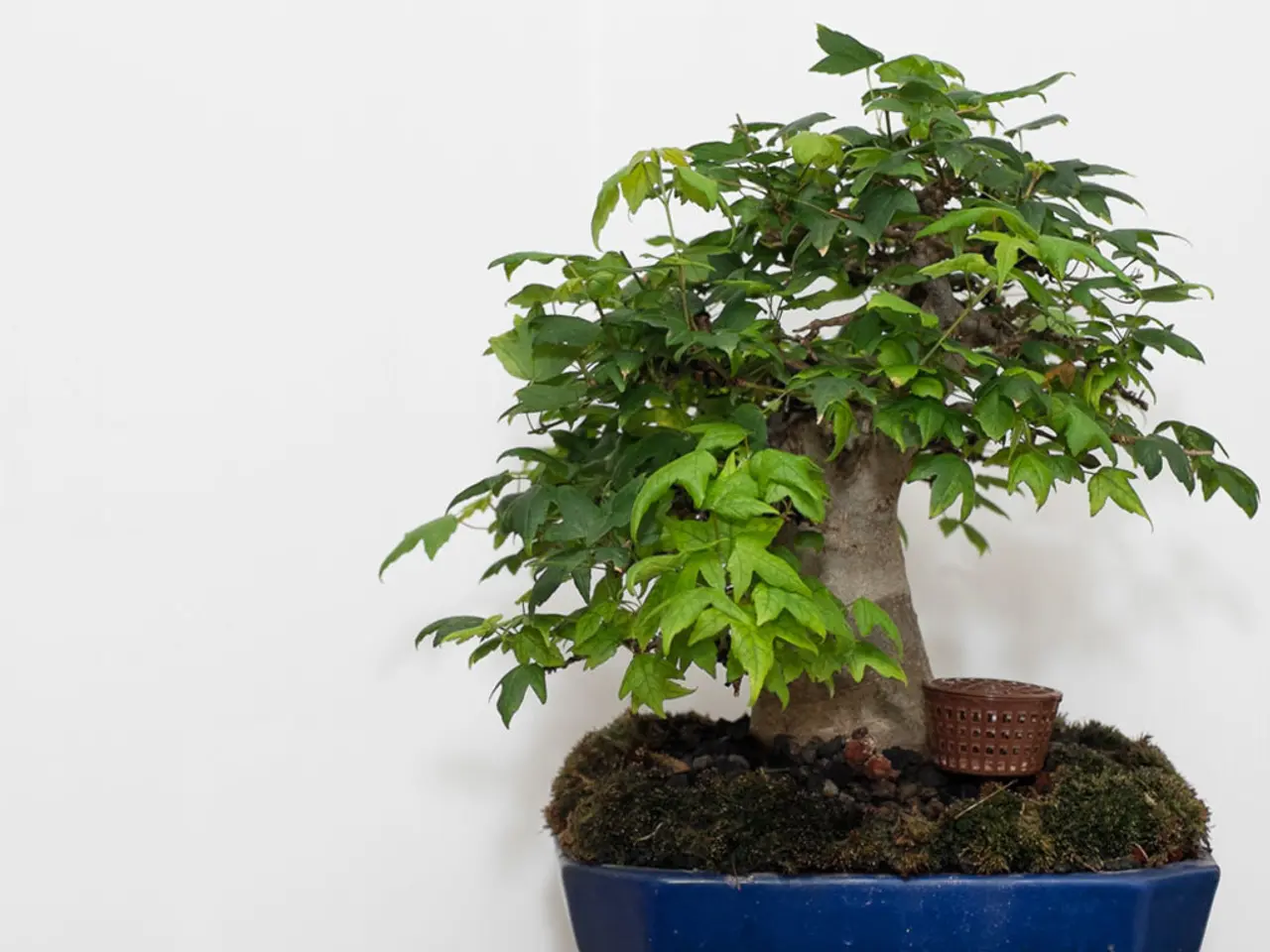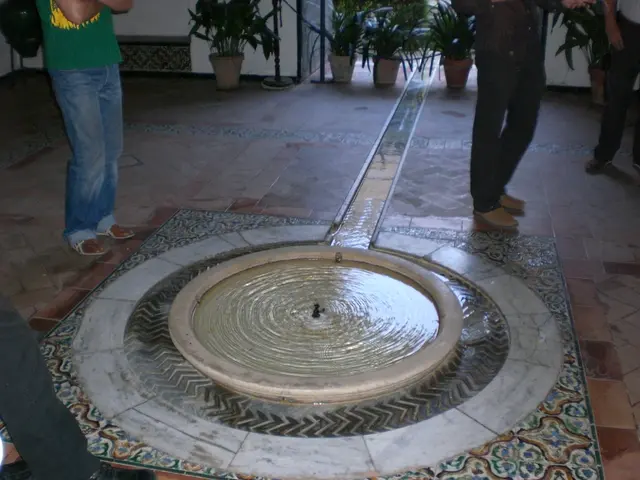Identifying and Saving a Bonsai: Recognizing Root Rot and Revival Strategies for Your Bonsai Tree
In the world of bonsai, one of the most dreaded afflictions is root rot, a fungal disease that can strike even the healthiest of trees. This article outlines essential strategies for preventing and treating root rot, ensuring the longevity and vitality of your bonsai collection.
**Preventing Root Rot**
1. **Good Drainage**: A well-draining bonsai soil mix is crucial for preventing waterlogged soil. Mixes that include akadama and aggregate materials like kiryuzuna or pine bark can help prevent water buildup.
2. **Watering Carefully**: Water bonsai trees when the soil feels dry to the touch. Insert a chopstick or stick into the soil; if it comes out moist, wait longer to water.
3. **Avoid Waterlogging**: Don't let the pot sit in standing water, as this can lead to root rot. Ensure the pot has sufficient drainage holes to allow excess water to drain out.
4. **Repot with Care**: Repot bonsai trees every 2-3 years, removing any dead or circling roots during this process. Prune back about one-third of the root mass to promote healthy root growth.
**Treating Root Rot**
1. **Early Detection**: Check for signs of root rot such as soft or mushy roots, yellowing leaves, or a foul odour. Address these issues promptly to prevent further damage.
2. **Remove Affected Roots**: Gently remove the bonsai from its pot and inspect the roots. Trim away any soft, mushy, or circled roots using sterile tools to prevent the spread of infection.
3. **Treat with Antifungal Agents**: Apply an antifungal treatment to the affected area to prevent the spread of fungal diseases.
4. **Proper Care Post-Treatment**: After treating root rot, ensure the bonsai receives good air circulation and avoid overwatering. Monitor its health closely, as recovery can be slow.
**Additional Tips**
- **Maintain Cleanliness**: Regularly clean bonsai tools and equipment to prevent the spread of diseases. - **Monitor Humidity and Temperature**: Ensure that the environment is suitable for the bonsai species, as excessive humidity or temperature fluctuations can exacerbate root rot. - **Balanced Watering Schedule**: Implementing a balanced watering schedule, avoiding overwatering and ensuring consistent moisture levels, is essential during the recovery phase. - **Regular Inspection**: Identifying root rot requires inspecting the roots, soil, and surrounding environment for signs of fungal infection. - **Understanding Pathogens**: Understanding the unique characteristics and modes of infection of each fungal pathogen is essential for accurate diagnosis. - **Fungicide for Bonsai**: To treat fungal root infections, a fungicide for bonsai specifically formulated to combat root rot can be applied, often in conjunction with cultural practices aimed at improving soil drainage and aeration.
By following these guidelines, you can help prevent root rot in your bonsai trees and ensure their continued health and growth. Remember, prevention is better than cure, and with regular care and maintenance, your bonsai will thrive for years to come.
- Maintaining a healthy lifestyle and wellness can benefit one's ability to identify and treat medical conditions, such as the early detection and treatment of root rot in bonsai trees.
- A balanced approach to health and wellness, which may include gardening hobbies like bonsai, can promote relaxation and stress reduction at home and in the garden, contributing to overall well-being.
- Understanding the underpinnings of scientific research and hygiene practices, such as sterilizing tools, can help prevent the spread of diseases like root rot in bonsai, which in turn can contribute to the broader field of health and wellness.







